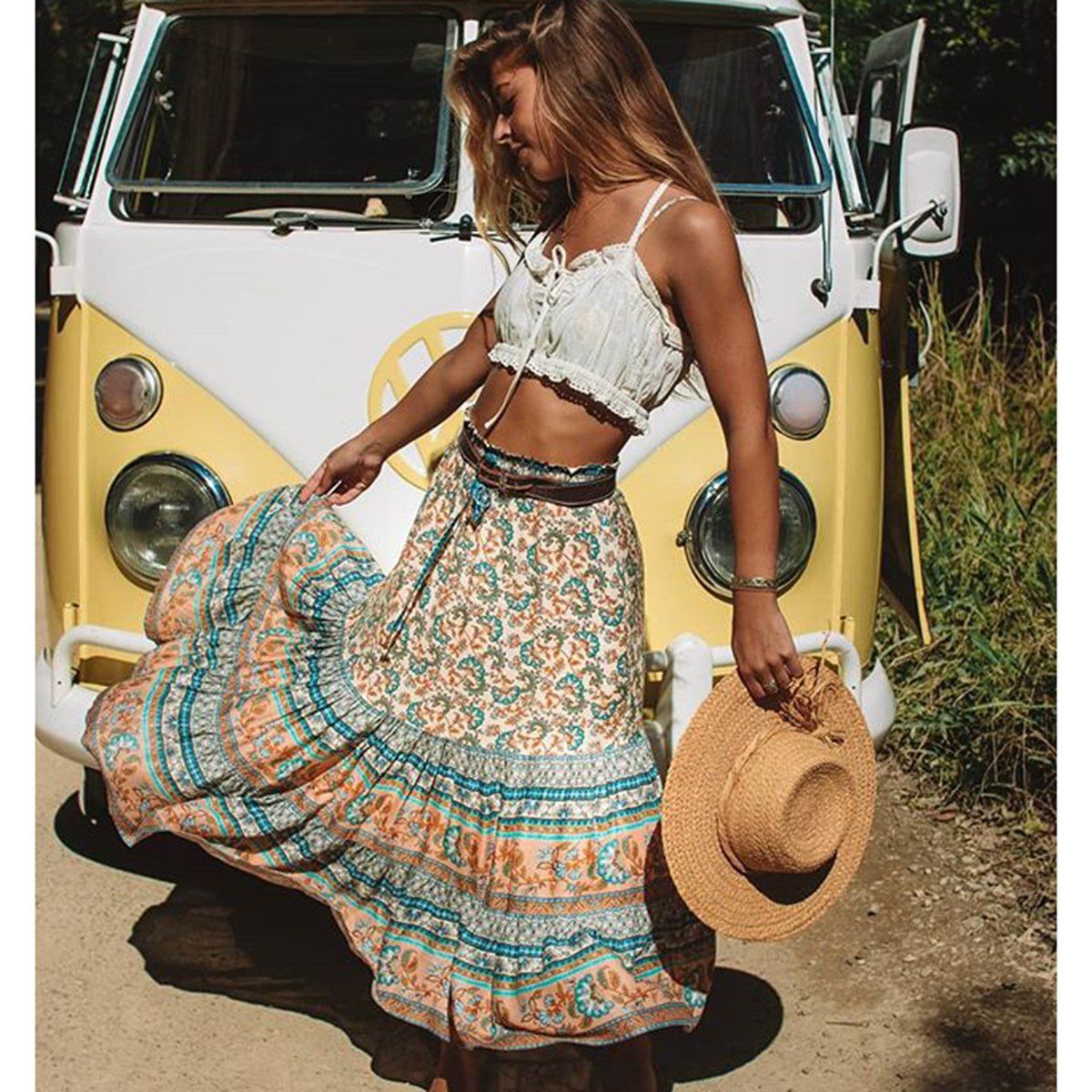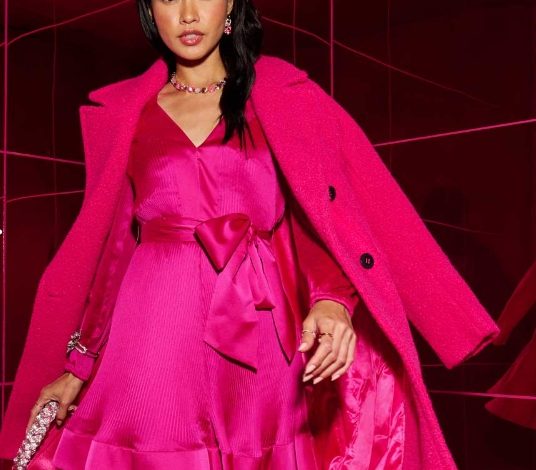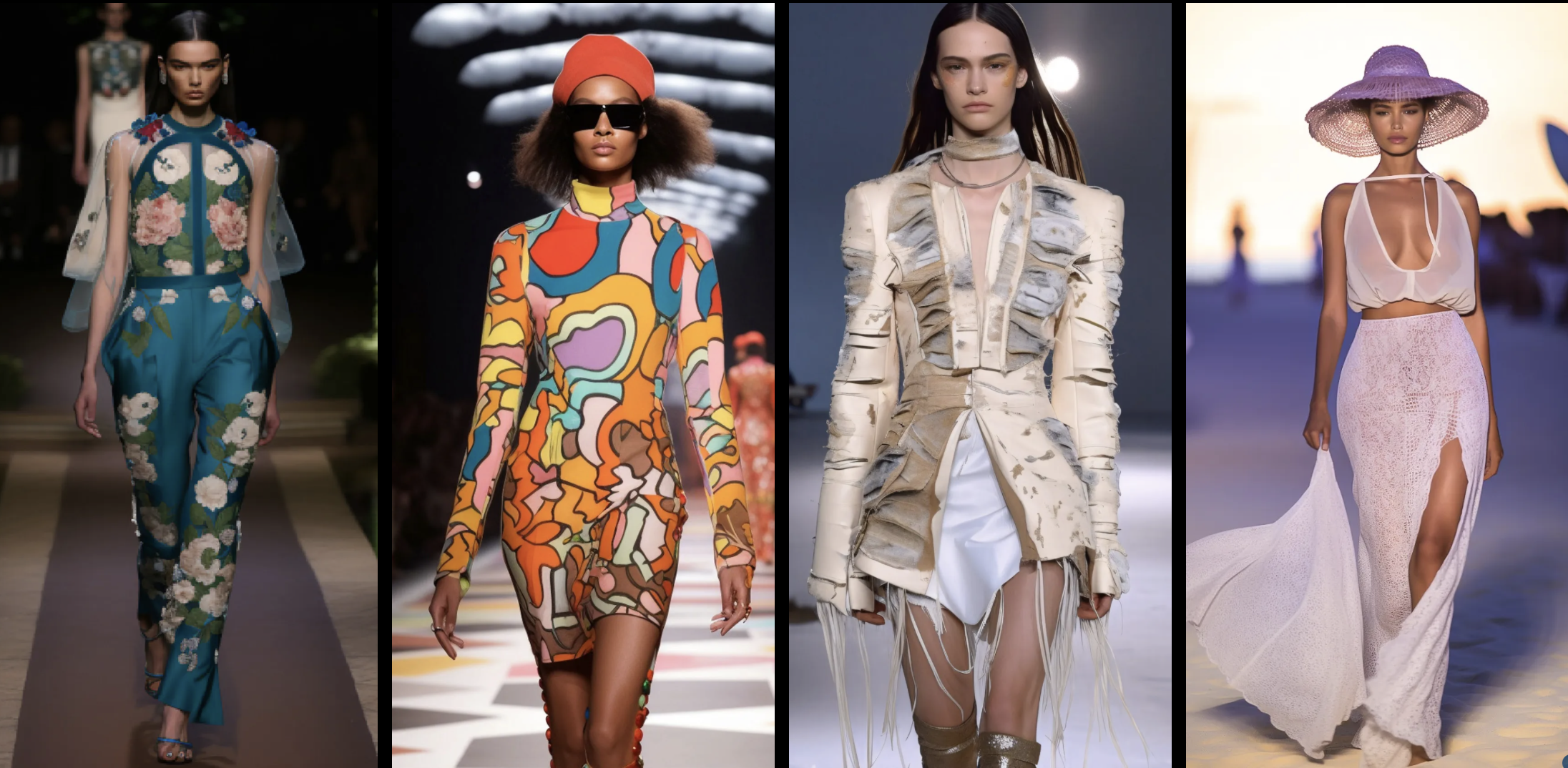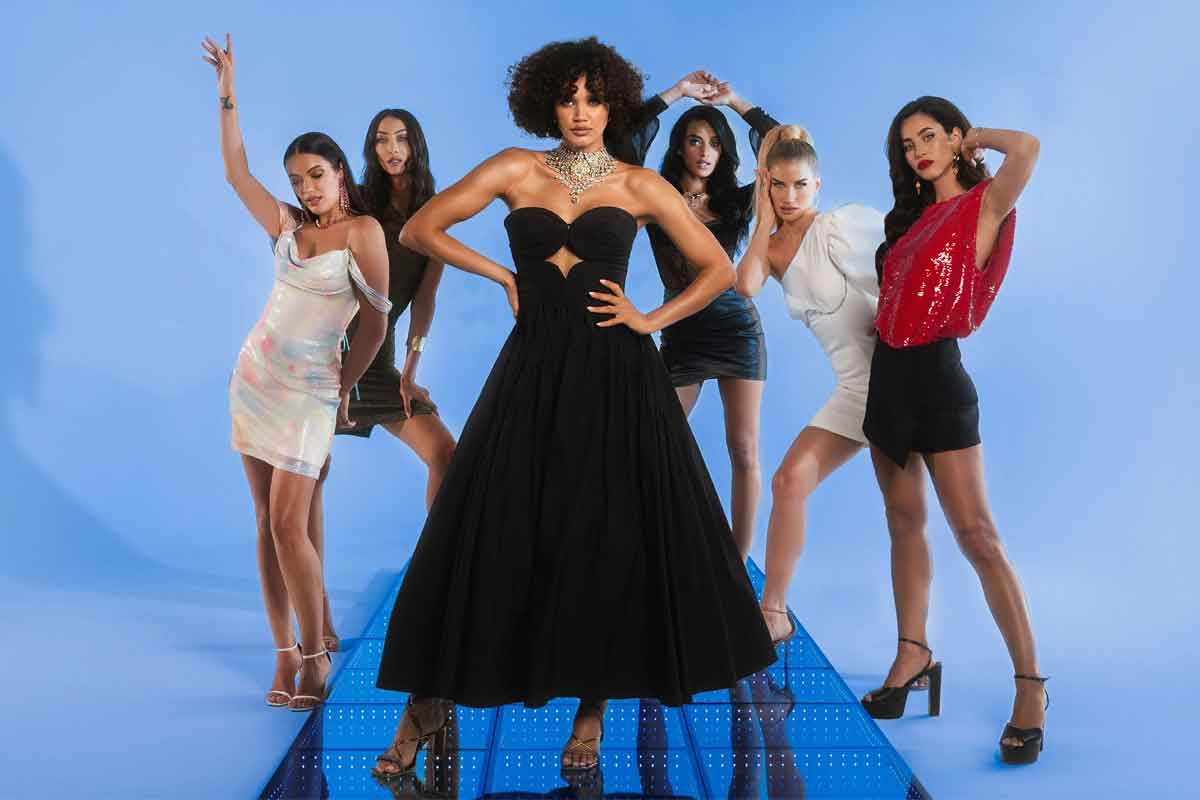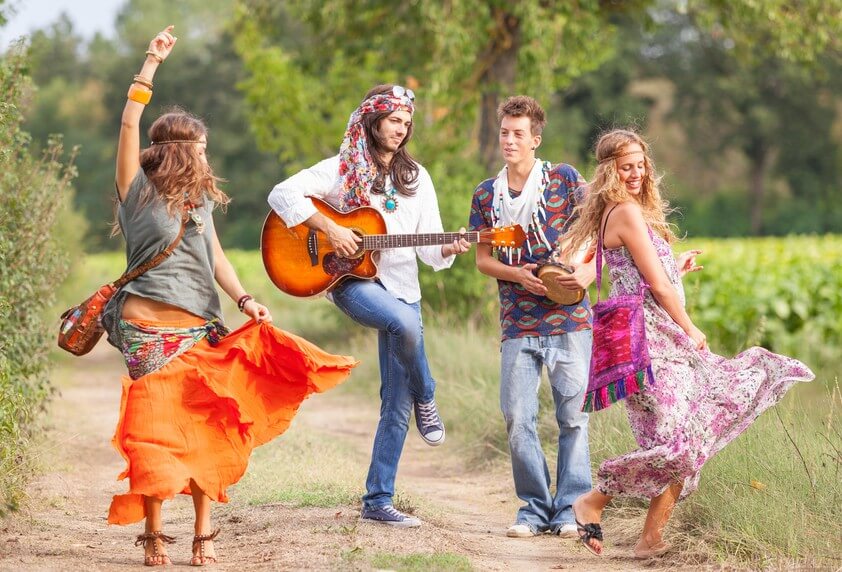
The Evolution of Hippie Style Through the Years
When I think of the hippie style, I cannot help but get nostalgic. Growing up, I was always fascinated by the peace-loving, free-spirited individuals who embraced natural fabrics, vibrant colors, and flowy silhouettes. The hippie movement emerged in the 1960s and became a symbol of counterculture and individuality. It was a time of rebellion against societal norms, and fashion played a significant role in expressing this newfound freedom.

In the early years of the hippie movement, the style was heavily influenced by the bohemian lifestyle. Fashion trends from the 1920s, such as flapper dresses and loose-fitting pants, made a comeback. It was all about embracing comfort and rejecting the rigid societal expectations of the time. Natural fibers such as cotton, linen, and hemp became popular choices, mirroring the movement’s emphasis on environmental consciousness.
One of the hallmark elements of hippie style was the use of vibrant colors and bold patterns. Tie-dye became synonymous with the movement, as individuals hand-dyed their garments to create unique and eye-catching designs. The tie-dye technique was not only a form of self-expression through clothing but also symbolized unity and togetherness. It was an art form born out of the peaceful protests and gatherings during the civil rights movement and anti-war demonstrations.
Accessories also played a significant role in hippie fashion. Flower crowns, headbands, and peace sign necklaces were popular, symbolizing love, peace, and unity. The adorning of natural elements like feathers, shells, and beads showcased the connection to nature and a desire for a simpler way of life. Hairstyles were often long and flowing, as individuals embraced their natural hair textures, rejecting societal expectations of polished and coiffed looks.
As the hippie movement gained momentum, it began to merge with other subcultures and artistic influences. The fashion began to incorporate elements of Eastern spirituality and psychedelic art. The popularity of Indian-inspired clothing, such as tunics and kaftans, rose. The flowing and loose fits of these garments provided comfort and reflected the ongoing quest for personal freedom. The use of paisley prints, which originated in Persia but gained popularity in the 1960s, added an exotic touch to the already eclectic hippie style.
The late 1960s and early 1970s saw the rise of the hippie style as a mainstream fashion trend. The fashion industry began to embrace the counterculture movement, and designers such as Yves Saint Laurent and Oscar de la Renta created their interpretations of the bohemian style. However, many in the hippie community felt that the commercialization of their fashion diluted the movement’s original message of social and political change.
As the 1970s progressed, the hippie style slowly gave way to new fashion trends. The punk movement emerged as a response to the peace-loving hippie movement. Punk fashion embraced a more aggressive and rebellious aesthetic, with individuals opting for torn clothing, leather jackets, and heavy boots. The hippie style began to evolve into a more relaxed and laid-back look, with the bohemian influences remaining strong.
Despite the gradual decline of the hippie movement, its influence can still be seen in fashion today. The bohemian style continues to be a source of inspiration for designers and fashion enthusiasts alike. The modern-day “boho-chic” look draws heavily from the hippie style, featuring loose-fitting maxi dresses, fringe details, and earthy accessories.
The evolution of hippie style throughout the years is a testament to the enduring influence of counterculture movements. It represents a time when individuals rejected societal norms and expressed themselves through fashion and self-expression. The legacy of the hippie movement lives on in the idea that clothes can be more than just garments; they can be a form of art, a political statement, and a representation of personal beliefs. So the next time you see someone rocking a flowy tie-dye dress or a peace sign necklace, remember the free-spirited individuals who paved the way for the evolution of hippie style.

